Red Deer
- December 28, 2023
- 0 comment
The red deer, scientifically known as Cervus elaphus, is a majestic and iconic species that belongs to the family Cervidae. Identified by its distinctive reddish-brown coat, this large mammal possesses a set of impressive antlers, typically sported by males, which can span several feet in width. In terms of physical description, red deer exhibit a robust build with slender legs and a white rump patch that becomes more noticeable during the winter months. These creatures are renowned for their keen senses, including acute hearing and a well-developed sense of smell.
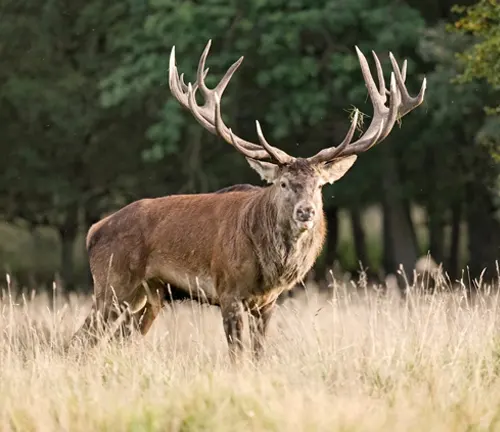
Red deer are distributed across a vast species range, inhabiting diverse environments such as woodlands, grasslands, and mountainous regions. Their presence is not confined to a specific continent, as they can be found in Europe, Asia, and even parts of North Africa. The adaptability of red deer to various ecosystems underscores their resilience and ability to thrive in different climates and terrains.
In terms of health and safety concerns, interactions with red deer, particularly during certain times of the year such as the mating season or when females are protecting their young, can pose risks. These animals, although generally shy and elusive, can become more assertive and potentially dangerous when they feel threatened. It is crucial for humans to exercise caution and maintain a respectful distance when encountering red deer in their natural habitat. Conservation efforts are also essential to ensure the continued well-being of this species, as their populations face various challenges, including habitat loss and human-wildlife conflicts. Understanding and respecting the behavior and habitat of red deer are key aspects of fostering coexistence and promoting the conservation of this magnificent species.
| Aspect | Specification |
|---|---|
| Scientific Name | Cervus elaphus |
| Physical Appearance | Majestic, reddish-brown coat, impressive antlers |
| Antlers | Typically borne by males, can span several feet |
| Build | Robust body, slender legs, white rump patch |
| Senses | Acute hearing, well-developed sense of smell |
| Habitat | Woodlands, grasslands, mountainous regions |
| Geographic Range | Europe, Asia, parts of North Africa |
| Behavior | Generally shy and elusive, can become assertive |
| Risk Factors | Potential danger during mating season or when protecting young |
| Conservation Status | Faces challenges like habitat loss, human-wildlife conflicts |
| Conservation Measures | Crucial for continued well-being and population stability |
Unveiling the Wonders of Its Existence
General Biology
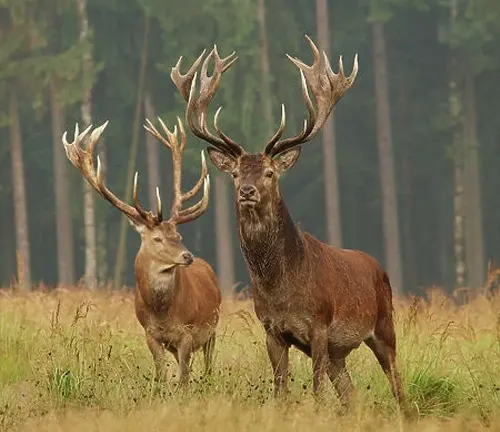
The red deer, scientifically known as Cervus elaphus, stands as a symbol of grace and majesty in the animal kingdom. Boasting a robust build and a distinctive reddish-brown coat, these creatures are characterized by impressive antlers, particularly among the males. Their keen senses, including acute hearing and a well-developed sense of smell, contribute to their survival in diverse environments.
Reproduction
The life cycle of the red deer is a fascinating journey, with reproduction playing a pivotal role. Mating season sees the males showcasing their formidable antlers in an elaborate courtship display. Females, known as hinds, give birth to a single calf after a gestation period, and maternal care is crucial during the vulnerable early stages of the fawn’s life.

Behavior
Red deer exhibit a fascinating array of behaviors that contribute to their survival and social dynamics. While generally shy and elusive, these creatures can become more assertive, especially during the mating season or when females are protecting their young. Understanding their behavior is key to fostering coexistence and ensuring human safety in their presence.
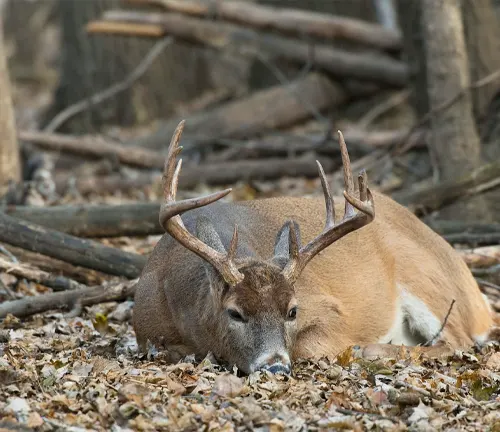
Nesting/Denning Cover
The choice of nesting or denning cover is a critical aspect of the red deer’s life. Hinds seek out secluded areas, often dense vegetation or elevated terrain, to give birth and protect their vulnerable offspring from potential predators. The selection of secure denning cover is a testament to the instinctual wisdom encoded in their behavior.
Habitat
Red deer are adaptable beings, thriving in a variety of habitats ranging from woodlands and grasslands to mountainous regions. Their geographic range spans across Europe, Asia, and parts of North Africa. The ability to thrive in diverse environments underscores their resilience and ecological significance.
Food Habits
The dietary preferences of red deer contribute to their ecological role. These herbivores graze on a variety of vegetation, including grasses, shrubs, and even tree bark. Their foraging habits play a crucial role in shaping the landscape and maintaining ecosystem balance.
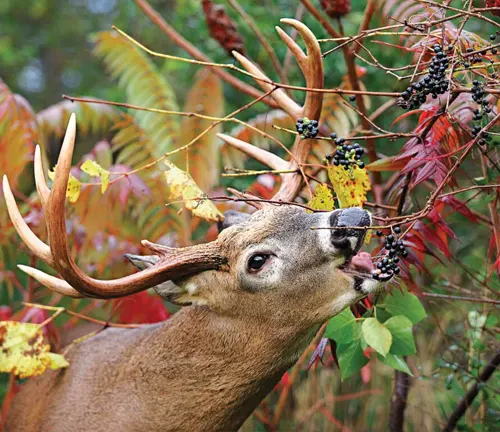
Voice, Sounds, Tracks, and Signs
Communication is a vital aspect of the red deer’s social structure. Their voices, ranging from deep bellows to high-pitched squeals, serve various purposes, including mating calls and warnings. Tracks and signs, such as antler marks on trees and distinctive hoof prints, tell stories of their presence in the wild, leaving a trail of their activities for keen observers.
Red Deer and Damage Across Different Fronts
Damage Identification
The enchanting presence of red deer in the wild also brings forth challenges in the form of identifiable damage. Understanding and recognizing the specific markers of red deer activity is crucial for assessing their impact on various environments. From subtle signs like trampled vegetation to more overt indications such as bark stripping on trees, adept damage identification is the first step in addressing the coexistence of these majestic creatures with human landscapes.
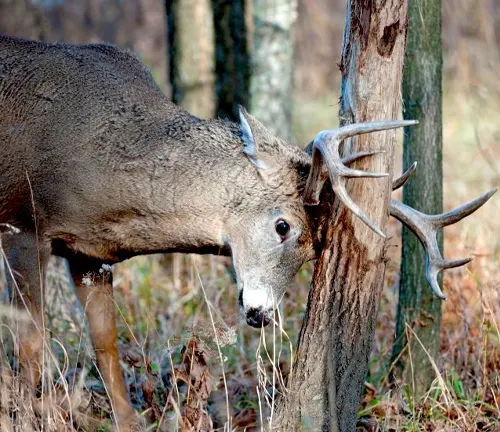
Damage to Landscapes
As red deer roam across diverse habitats, their interactions with the natural landscape can leave lasting impressions. In woodlands, for instance, their foraging habits may result in the alteration of understory vegetation and the creation of distinct trails. Examining the broader impact on landscapes is essential to comprehend the ecological footprint of red deer and devise strategies for preserving the delicate balance of these environments.
Damage to Crops and Livestock
The intersection of red deer with agricultural landscapes introduces a new dimension of challenges. Crop damage, often manifested through grazing and trampling, can have economic implications for farmers. Moreover, encounters with livestock may lead to conflicts, posing threats to both the red deer and domestic animals. Understanding the dynamics of these interactions is crucial for implementing measures that mitigate the impact on agricultural practices and ensure the coexistence of wildlife and farming.
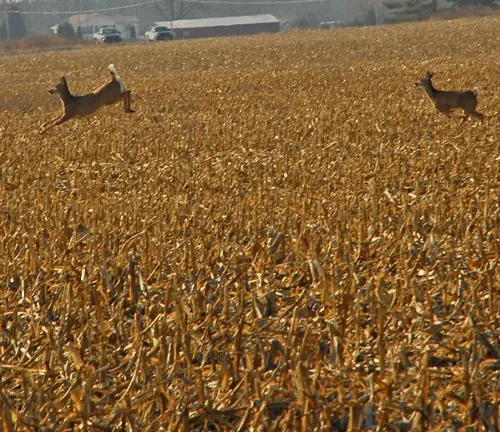
Damage to Structures
Inhabiting regions where human structures are prevalent, red deer may inadvertently cause damage to built environments. From collisions with vehicles on roadways to encounters with urban structures, the potential for harm exists on both sides. Assessing the scope and nature of structural damage caused by red deer is essential for implementing strategies to minimize risks and safeguard both human and animal well-being.
Strategies for Red Deer Damage Prevention and Control
Damage Prevention and Control Methods
As human populations and red deer territories intersect, the need for effective damage prevention and control methods becomes paramount. This article explores a spectrum of approaches designed to mitigate the impact of red deer on diverse environments. From habitat modification to exclusion, each method serves as a tool in the delicate balance of preserving ecosystems while safeguarding human interests.
Habitat Modification
A proactive strategy in red deer management involves modifying their habitats to reduce the likelihood of conflicts. This can include altering vegetation composition or introducing natural barriers to steer deer away from vulnerable areas. By understanding their behavior and preferences, habitat modification becomes a strategic step towards minimizing damage without resorting to more direct interventions.
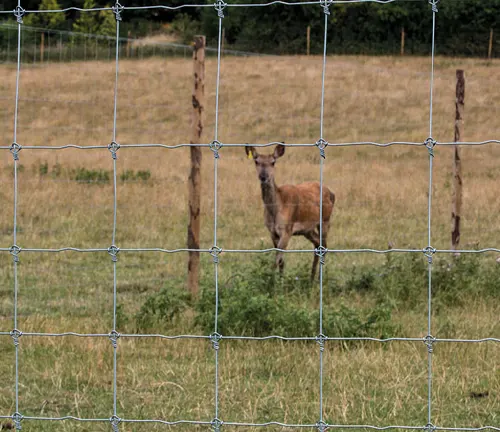
Exclusion
Creating physical barriers to deter red deer access to specific areas proves to be a practical solution. Fencing, for instance, can protect crops and landscapes from grazing and trampling. The challenge lies in designing exclusion methods that are effective yet considerate of the natural movements of these creatures, ensuring they can navigate their environments without causing harm.
Frightening Devices
Incorporating technology into the realm of damage prevention, frightening devices aim to startle red deer away from problematic areas. These can range from motion-activated lights to sonic deterrents, leveraging the deer’s sensitivity to disturbances. The effectiveness of these devices lies in their ability to modify behavior without resorting to more drastic measures.

Repellents
The application of repellents introduces a chemical approach to damage prevention. These substances, whether sprayed on vegetation or strategically placed, emit odors or tastes that are unpleasant to red deer. While repellents can offer a non-lethal alternative, their success depends on the persistence of the deterrent effect and the adaptability of red deer in the face of evolving stimuli.
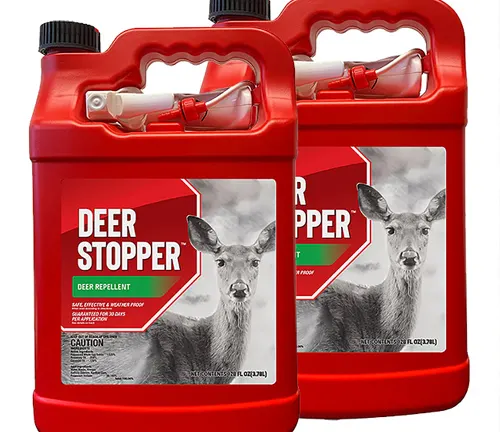
Toxicants
In situations where other methods prove ineffective, the use of toxicants becomes a controversial yet sometimes necessary consideration. This method involves deploying substances that are harmful to red deer when ingested. Striking a delicate ethical balance, the application of toxicants necessitates careful consideration of potential ecological consequences and adherence to responsible wildlife management practices.
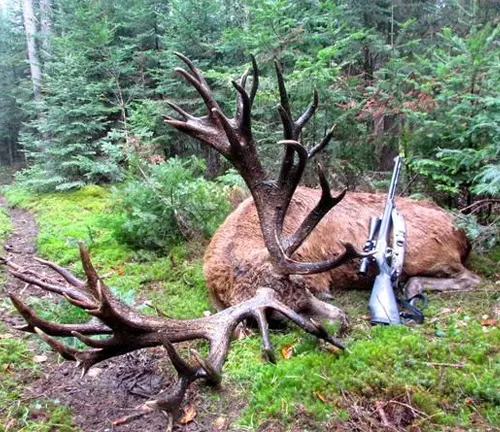
Shooting
Human-wildlife conflicts occasionally escalate to the point where lethal measures are deemed necessary. Controlled and ethical shooting, carried out by trained professionals, may be employed to manage red deer populations and curb their impact on certain environments. This method requires a nuanced approach, considering both the welfare of the deer and the safety of human communities.
Trapping
For situations where live capture is the preferred approach, trapping provides a humane method of relocating red deer to less problematic areas. Trapping requires careful planning and execution to minimize stress on the animals and ensure their well-being during the relocation process.
Different Species
European Red Deer
(Cervus elaphus elaphus)
This is the most widespread subspecies and is native to Europe. It inhabits a variety of habitats, including forests, grasslands, and mountainous regions.
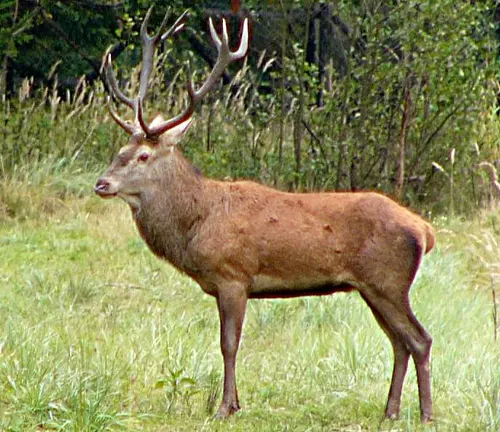

Scottish Red Deer
(Cervus elaphus scoticus)
Native to Scotland, this subspecies is a smaller and darker variation of the European red deer. They are well adapted to the challenging terrain of the Scottish Highlands.
Asian Red Deer
(Cervus elaphus yarkandensis)
Found in parts of Central Asia, including China and Kazakhstan, this subspecies is adapted to a diverse range of habitats, from forested areas to open steppes.
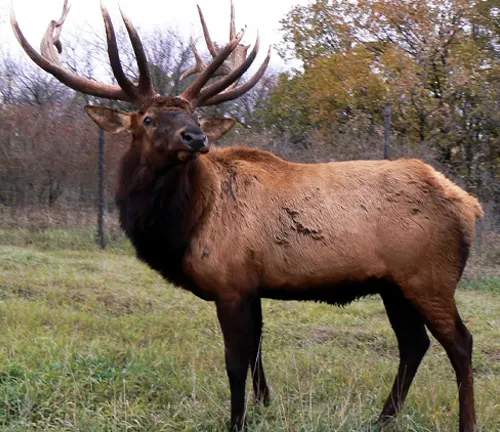

Manchurian Red Deer
(Cervus elaphus xanthopygus)
Native to East Asia, particularly in regions like China, Korea, and Russia, the Manchurian red deer is known for its distinctive yellow rump patch.
Atlas Red Deer
(Cervus elaphus barbarus)
Found in the Atlas Mountains of North Africa, this subspecies is adapted to mountainous terrain and exhibits some unique physical characteristics.
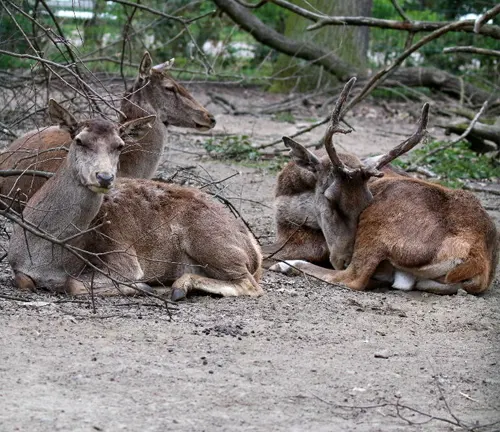

Corsican Red Deer
(Cervus elaphus corsicanus)
Inhabiting the island of Corsica in the Mediterranean, this subspecies is smaller in size compared to its mainland counterparts.
New Zealand Red Deer
(Cervus elaphus scoticus)
Introduced to New Zealand, particularly during the 19th century, European red deer adapted and established populations in the wild. These deer have become a significant part of the country’s wildlife.

Frequently Asked Questions (FAQs)
1. What is a red deer?
Red deer (Cervus elaphus) is one of the largest deer species and is widely distributed across Europe, Asia, and parts of North Africa. They are known for their impressive antlers and reddish-brown coat.
2. What is the difference between red deer and other deer species?
Red deer are distinct in their size, antler structure, and habitat preferences. They are larger than some other deer species and have branched antlers, a characteristic feature of males.
3. What is the lifespan of a red deer?
In the wild, red deer typically live around 10 to 15 years, although this can vary based on factors like predation, habitat conditions, and human impacts.
4. Do both male and female red deer have antlers?
No, typically, only males (stags) have antlers. Female red deer, known as hinds, do not grow antlers.
5. When and how do red deer shed their antlers?Red deer shed their antlers annually, usually after the mating season. The process is called antler casting, and it is influenced by hormonal changes. New antlers then begin to grow.
6. What is the mating season for red deer?
The mating season, known as the rut, typically occurs in the fall. During this time, stags engage in vocal displays and physical contests to establish dominance and access to females.
7. What do red deer eat?
Red deer are herbivores and primarily graze on vegetation such as grasses, shrubs, and tree bark. Their diet may vary based on the available food sources in their habitat.
8. Are red deer dangerous to humans?
Generally, red deer are not considered dangerous to humans. However, during the mating season or when protecting their young, they can become more assertive. It’s essential to maintain a respectful distance in the wild.
9. How do red deer contribute to ecosystems?
Red deer play a role in shaping ecosystems through their foraging habits. They help control vegetation, influencing plant diversity, and their presence can impact other species within their habitat.
10. Are red deer endangered?
Red deer, as a species, are not endangered. However, specific populations or subspecies may face conservation challenges due to habitat loss, human-wildlife conflicts, and other factors.


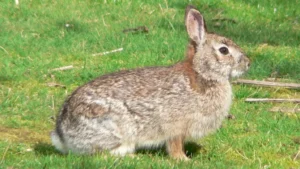


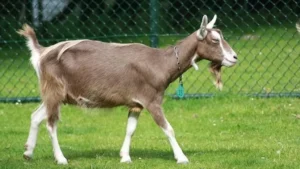
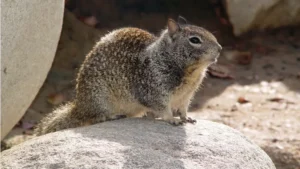
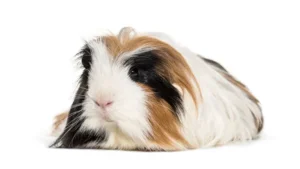
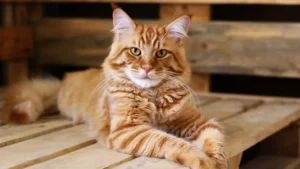
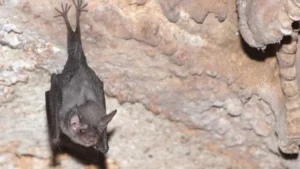

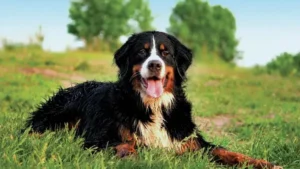
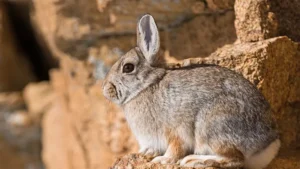

Leave your comment